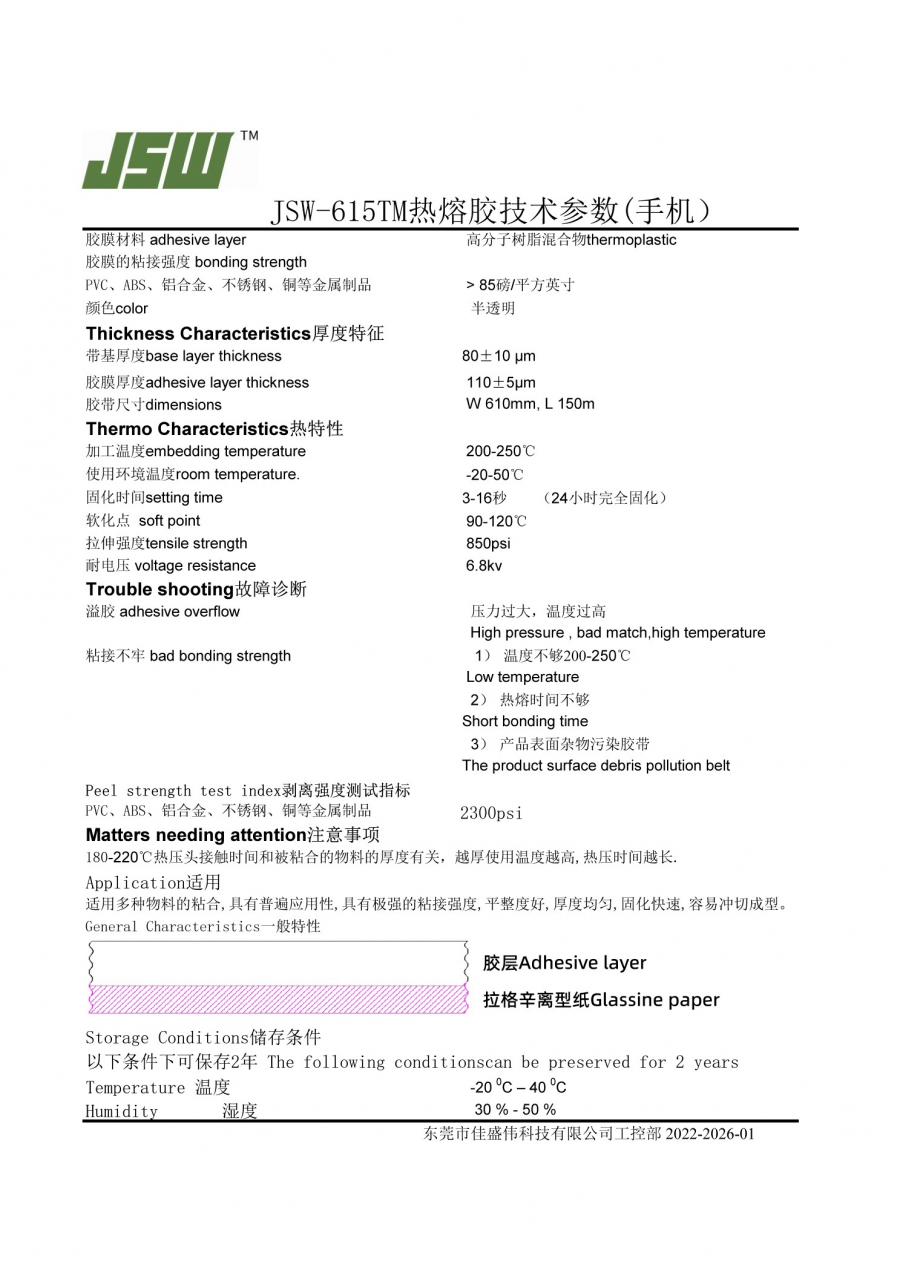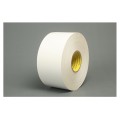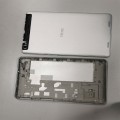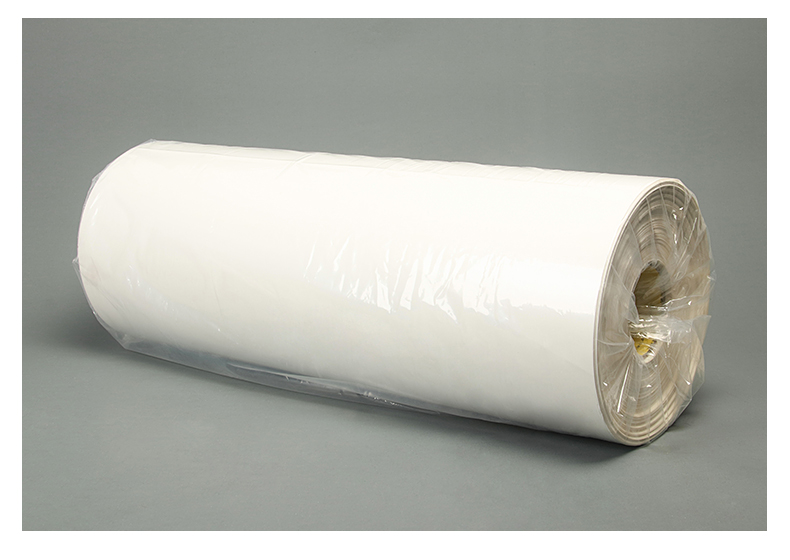
JSW- JSW615 hot-melt adhesive has a wide range of applications and can be used to bond a variety of materials, including some difficult to stick plastics. Fast adhesive speed, high production efficiency, very suitable for automatic flow operation.JSW plastic hot melt adhesive film can achieve reliable bonding for thin and narrow structural parts. The touch screen and frame shall not be damaged during repair. Gluing process: preparation of dispensing procedure → dispensing → assembly → cold pressing (4-10 seconds) → pressure maintaining (15-20 minutes) → transfer to the next process → quality inspection of finished

products. JSW plastic hot melt adhesive filmrepair process: locally press the workpiece to be removed (about 80-140 ℃) → separate the bonding surface with external force. No bad, use industrial alcohol to remove residue. Then return to the gluing process. Advantages of JSW plastic hot melt adhesive film: the adhesive has the characteristics of rapid curing, which is very suitable for assembly line production, high yield, convenient repair, repair will not damage TP and surface shell.
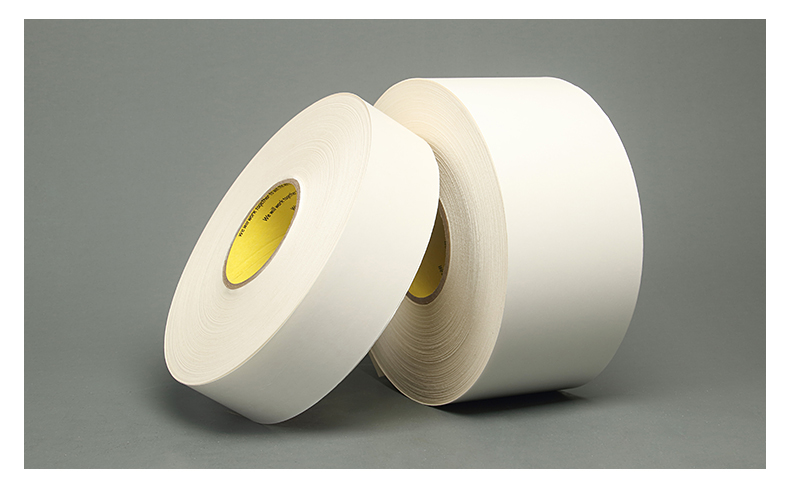
JSW company mentioned in "JSW plastic hot melt adhesive film industry development trend and investment opportunities Research Report (2014-2018)": the traditional manufacturing enterprises' profits are constantly compressed, and the disappearance of population dividend makes labor-intensive enterprises face unprecedented pressure. It has become the general consensus of JSW plastic hot melt adhesive film manufacturing industry to strengthen the automation transformation of JSW plastic hot melt adhesive film equipment, improve the degree of production automation, reduce labor intensity and improve the working environment. Intelligent equipment is rapidly and effectively promoting the transformation and upgrading of traditional manufacturing industry. The manufacturing activities ofJSW plastic hot melt adhesive film are various. According to the purpose and premise of manufacturing, the manufacturing environment can be divided into four manufacturing methods: order production, assembly production, engineering production and stock production.
